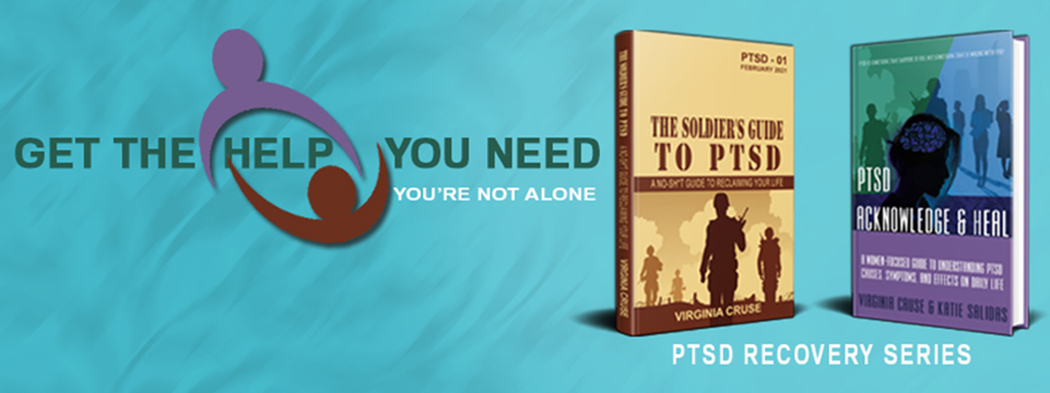Prolonged Exposure (PE) Therapy is an evidence based treatment for PTSD. We can find a PE provider through the Strong Star Provider Network at University of Texas Health Science Center or even through Psychology Today or Google.
PE therapy typically takes 12-15 sessions with a therapist; each session is 90 minutes. PE therapy goes right for the jugular of criterion C of PTSD: avoidance. Rather than avoid our trauma, we intentionally invite the most traumatic event into the session using a technique called “imaginal exposure.” After learning breathing techniques to manage anxiety, we imagine and describe the traumatic event in detail with guidance from a therapist. After the imaginal exposure, we process the experience with our therapist. We audio record the session while describing the event so that we can listen to the recording between sessions; this helps us to further process our emotions and practice breathing techniques. Think of the imaginal exposure like this: it’s like watching a horror movie.
When we first watch a horror movie, it scares the crap out of us because that’s what horror movies do. What if we watch the horror movie back-to-back three times? It’s still going to be scary, but, after the third time, we know what is coming and when and it’s not as bad as the first time. What if we watch that horror movie ten times? Twenty times? A hundred times? Eventually, watching that movie doesn’t affect us as much because we’ve seen it and we know what’s coming. This is called habituation; a decrease in response to a stimulus after repeated presentations. In PE therapy, we’ll be watching our horror movie literally hundreds of times—in session with our therapist and in between sessions by listening to our recordings.
The second part of PE therapy is called in vivo exposure, a fancy term for “in real life.” With our therapist, we make a list of stimuli and situations connected to our trauma, such as specific places or people, and create a plan to intentionally expose ourselves to these stimuli in a way that is gradual and safe.
We realize that the thought of retelling our experience out loud can be anxiety-provoking. It’s tough, especially at the start, but PE therapy is undeniably effective. It also can be adapted into treatment for Moral Injury. PE therapy isn’t for everyone, and that’s okay because there are other treatments available, not just one.
*****
“If you believe change is possible, you want to change, and you are willing to do the work, you absolutely CAN get your life back.”
Get your copy of The Soldier's Guide to PTSD, The Soldier's Workbook,





